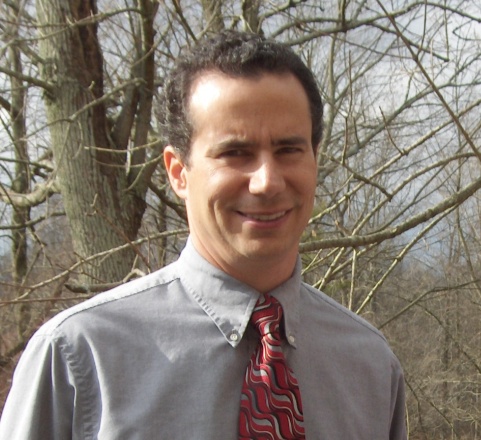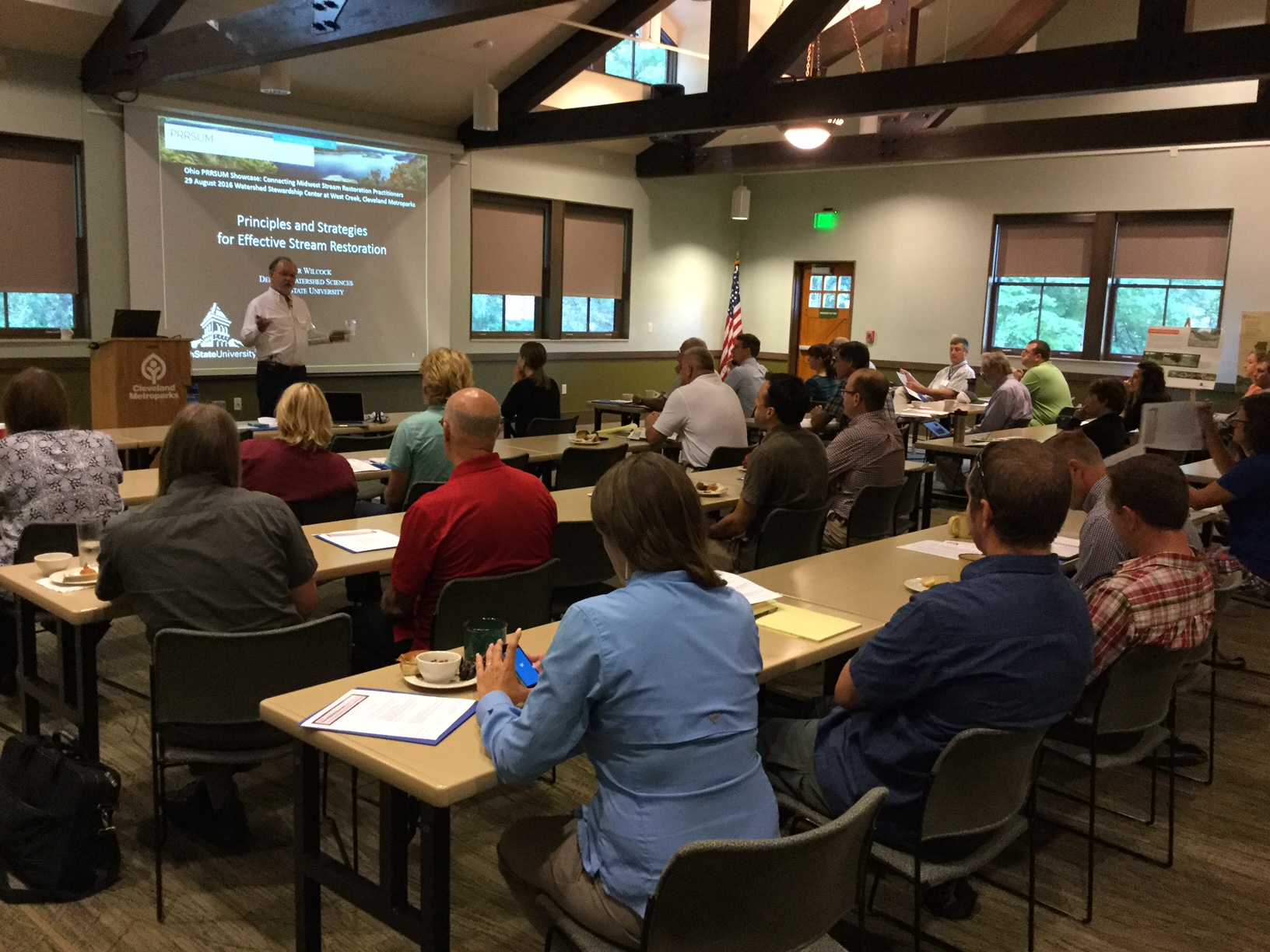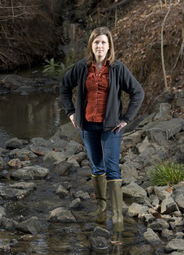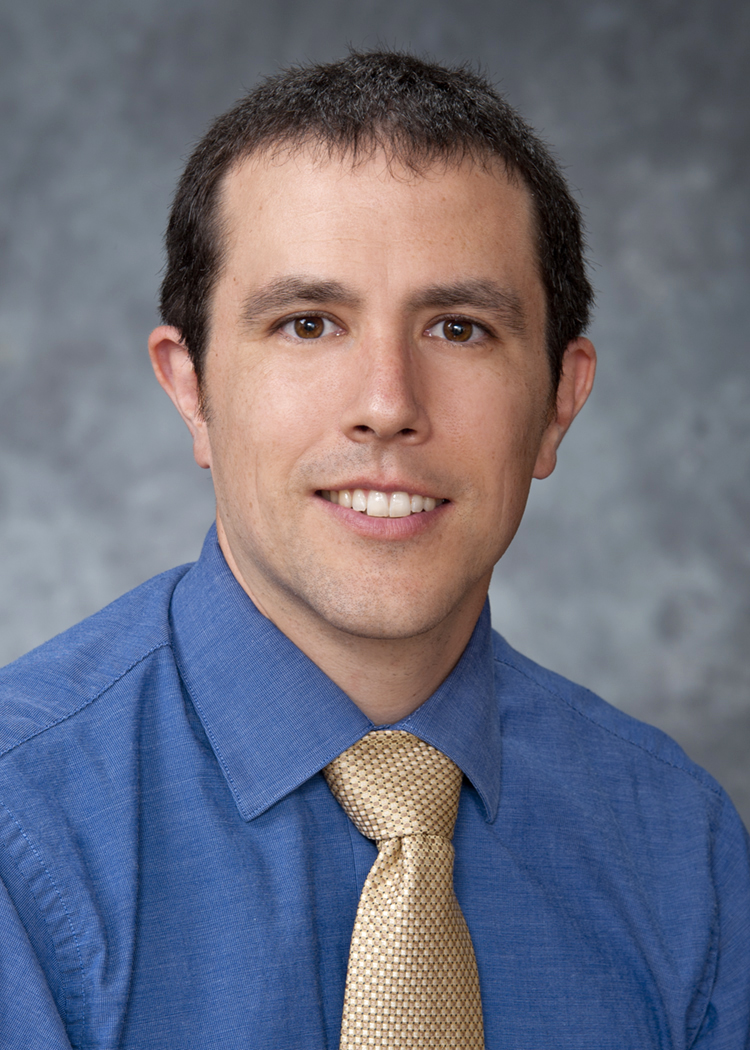Webinars
PRRSUM launches occasional webinars to engage our community in between our annual symposia.
If you are interested in presenting a webinar (or would like to suggest a speaker), please fill out THIS form!
Upcoming Webinar
Past Webinars

Restoration Innovation – the next big thing
Friday, January 12th, 12 pm CST
Speaker: Janine Castro, Geomorphologist, US Fish and Wildlife Service
Watch the recording.
Channel relocation and reconstruction have become common place, perhaps even a bit pedestrian, in Pacific Northwest stream restoration. In the past, we often strove to increase available aquatic habitat by lengthening a channel, decreasing the spacing between pools, changing the channel width, or adding large wood. As a stream restoration community, we were historically very “channel-centric” with much of our design time dedicated to calculating the perfect channel size – not too big, not too small, but just right. Our goal was to create the ideal transport channel to pass water, sediment, organics, and species while neither appreciably aggrading nor degrading. We dialed in the stream slope, cross-sectional area, and roughness to achieve a state of perceived channel bliss. When the newly minted channel “adjusted” during high flow events, and those changes were not anticipated, we scratched our heads and wondered which parameter we got wrong.
Nowadays, we are more likely to work not only in the channel, but on the floodplain as well. We’ve raised stream beds, added side channels, alcoves, seasonally inundated wetlands, and large wood to floodplains as well as channels, thus recognizing that a stream system functions over a whole host of flows and that flow diversity often improves biodiversity. Yet we still struggle to determine if we should construct one, two, three, or, even more revolutionary, perhaps no channels?
This talk will cover where we’ve been, where we are, and where we might be going with stream restoration in the Pacific Northwest.
Biography: Janine Castro is currently a Project Leader position at the Fish and Wildlife Service's Columbia River Fish and Wildlife Conservation Office in Vancouver, Washington. She formerly served as a geomorphologist for both the US Fish and Wildlife Service and National Marine Fisheries Service in Portland, Oregon. Janine provides national and international training on geomorphology, stream restoration, and public speaking for scientists. She has worked for the Fish and Wildlife Service for 15 years and spent the preceding 10 years working for the Natural Resources Conservation Service.
Janine is one of the five founding members of River Restoration Northwest, co-founder of Science Talk NW, adjunct faculty in the Environmental Sciences and Management Department at Portland State University, and the Technical Director for the PSU River Restoration Professional Certificate Program. She teaches a variety of short courses and workshops including Introduction to Fluvial Processes and Public Speaking for Scientists. She is also a regular blogger on the Communicatalyst blogspot (communicatalyst.com).
Specialties: Geomorphology, Stream Restoration, Science Communication

Hatchery Creek Stream Restoration Project - A Unique Opportunity to Maximize Trout Habitat, Create Recreational Opportunities and Provide Mitigation Credits
Friday, May 5th, 2017 12:00 pm (Central Time)
Speaker: George Athanasakes, Ecosystem Restoration Services Leader, Stantec
Watch the recording of this seminar.
Abstract: The Hatchery Creek Stream Restoration project is a unique opportunity to utilize the latest stream restoration techniques to maximize trout habitat, create recreational opportunities, and provide mitigation credits. The project is located immediately downstream of the Wolf Creek Dam US Fish & Wildlife National Trout Hatchery near Lake Cumberland in Jamestown, Kentucky. The project was constructed in 2015 and extended an existing 400 foot long channel, which is the outflow from the trout hatchery to create approximately 6,000 feet of trout stream habitat. In an effort to maximize habitat and recreational opportunities, the project was designed to provide a variety of habitat for all life stages of trout and included a variety of stream types including A, C and DA channels. This project has several unique aspects, which are not typical to stream restoration projects, including a constant flow of approximately 35 cfs, which is approximately 70% of the upstream bankfull flow, limited sediment supply, and the need to maintain imported spawning gravels.
This talk will focus on the design and implementation of this project under a design/build project format. In particular the development of the habitat features will be discussed in detail including the stream type and habitat type selection process and how the different stream types and habitat features relate to the various trout life stages. In order to maximize the habitat and recreational features the design team included aquatic biologists as well as avid fishermen. In addition, input from key project stakeholders was sought throughout the design process including through a two-day QAQC meeting. Project implementation will also be discussed including the coordination with numerous stakeholders, project staging, and construction methods utilized.
Flows were released into the channel in November, 2015 and the project is currently being monitored to confirm usage for the various life stages of trout including spawning. The project also included an artificial upwelling device to help minimize settling out of fines and to promote upwelling in the newly constructed stream. This talk will also describe the techniques being utilized to monitor the site, which includes a review of the site to confirm the presence of redds, macroinvertebrate sampling, collection of wood loading data, fish shocking/sampling, and the use of snorkeling surveys to confirm habitat usage. Results of the monitoring to date will also be presented.
Biography: George is responsible for leading Ecosystem Restoration for Stantec throughout the United States. He has served as the Principal-in-Charge, Project Manager and/or Design Engineer on over 100 stream restoration projects incorporating a variety of restoration techniques. In addition, he has helped to bring innovation to the field of stream restoration by leading the development of the RIVERMorph software, which is the industry standard for stream restoration software throughout the United States and internationally. George holds Bachelors of Science and Masters of Engineering Degrees from the University of Louisville. He is also a Registered Professional Engineer in several states.

Principles and Strategies for Effective Stream Restoration
Monday, August 29th, 2016 9:00 am (Eastern Time)
Speaker: Peter Wilcock, Department of Watershed Sciences, Utah State University
Ohio PRRSUM Showcase, Watershed Stewardship Center, Parma, Ohio
Biography: Prof. Wilcock received his PhD in Earth Science at MIT in 1987and specializes in erosion and sedimentation processes and their application to watershed restoration and management. After serving on the faculty of Johns Hopkins University for 27 years, in 2014 he joined Utah State University as Head of the Watershed Sciences Department in the Quinney College of Natural Resources. Prof. Wilcock is a Fellow of the American Geophysical Union and received the Hans Albert Einstein Award from the American Society of Civil Engineers for outstanding contributions to the understanding of sediment transport in gravel-bed rivers. Prof. Wilcock endeavors to understand the movement of sediment from the scale of grains to the watershed and to use this understanding to guide public decisions regarding stream restoration, water quality, and watershed management.

The Challenges of Urban Watersheds and Urban River Restoration
Wednesday, September 23rd (9.23.15) 12:00 pm (Central Time)
Emily Bernhardt, Duke University
Biography: Dr. Emily Bernhardt received her PhD in Ecology and Evolutionary Biology from Cornell University in 2001 and has been a member of the Duke faculty since 2004. The core of Emily's interests are in watershed biogeochemistry, with most of her current effort invested in understanding how the ways in which people live on and use the landscape alters the structure, function and chemistry of receiving streams and wetlands. She has written several well-cited publications synthesizing stream and river restoration efforts as well as urban river restoration efforts.

Now that's a beautiful stream...are there any fish? Habitat Restoration and the Role of Perception
Wednesday, April 1st (4.1.15), 12:00 pm (Central Time)
Hans Tritico, University of Mount Union
Abstract: Restoration projects are undertaken for a wide variety of reasons. One commonly stated reason is to improve fish habitat. This presentation will briefly review what is currently known about fish habitat selection and compare that body of knowledge to our current design practices. What we find through this comparison is that while fish choose habitat based on their unique perception of the environment, we tend to restore streams based on our own perception of their environment. One prescient example of how a fish’s perspective of its environment is dramatically different than our own is the existence of the lateral line system in most fish species. The lateral line system detects near field vibrations in the water. This system is used in a number of behaviors including orientation, positioning, and predator-prey interactions. It is also apparent that in a number of low visibility environments that the lateral line system is the primary way fish perceive their environment. Fish habitat in low visibility streams, which occur frequently across the Midwest, is therefore more strongly connected to the temporal flow conditions than to the visual layout of an aquatic environment. The existence of two distinct lenses (fish perception vs. human perception) means that stream restoration projects which include a stated goal of restoring fish habitat may increase their efficacy by working to align the two perspectives. To this end a number of researchers have been working to design instruments that will let us better understand the spatial and temporal flow variations as fish experience them. While changing perspectives may eventually mean some adjustments to our current design practices it also provides a new framework for achieving increased habitat restoration in agricultural and urbanized environments.
Biography: Dr. Hans Tritico is an assistant professor of Engineering at the University of Mount Union. Dr. Tritico’s research merges his two passions – engineering and fisheries ecology. His 13 years of research expertise are in stream restoration and fish passage engineer. He holds B.S. and M.S. degrees in civil engineering from the University of Michigan and Washington State University. He holds a joint Ph.D. in civil engineering and aquatic ecology from the University of Michigan. Dr. Tritico’s research has been funded by the National Science Foundation and the U.S. Department of Transportation, among others.

April 29th (4.29.14), 12:00 pm (Central Time)
Mike Davis, Minnesota DNR
The history of water quality of the Mississippi River is a captivating one, reflective of how our choices as a society have impacted our country's largest drainage network. Join us as Mike Davis, a malacologist with the Minnesota Department of Natural Resources, provides a context for understanding how Mississippi River water quality has evolved over the last century and how native freshwater mussels (with their unique life history!) contribute to this story.